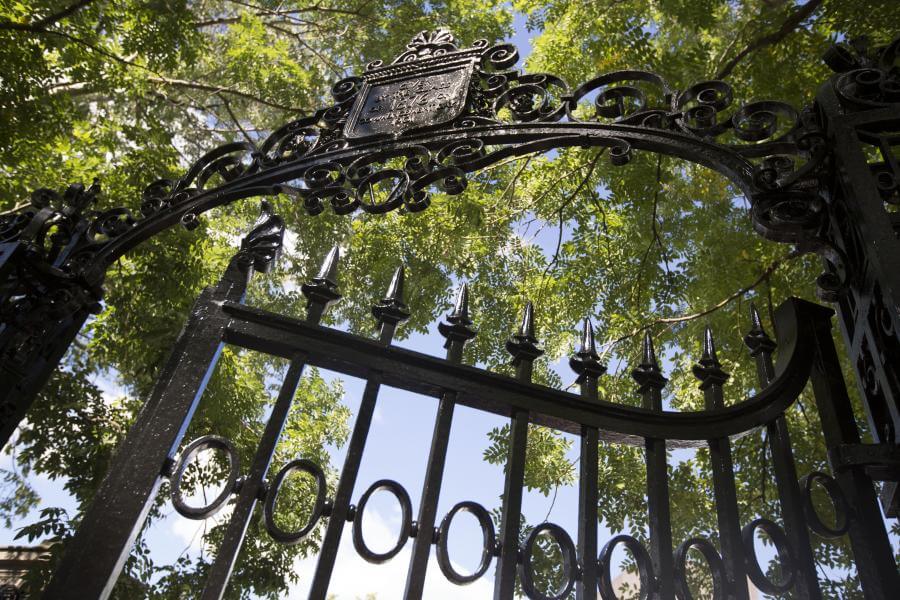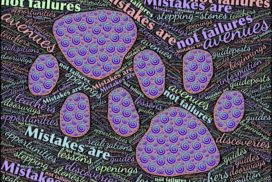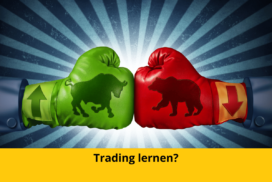What do the pros do differently? The advantage of the Harvard investment fund is not so much in profit maximization as in the sophisticated risk management, so the uni during the 2007-2009 bear market depreciated significantly less than the S&P 500. The foundation's assets were also able to recover quickly after the crisis. We take a look at how top universities Harvard, Yale and Stanford invest their wealth.
Rapid recovery after the crisis
What you can learn here
- Rapid recovery after the crisis
- How Harvard and Yale invest in venture capital
- Absolute return – life preserver when prices fall
- A simple example of the absolute return strategy
- How Harvard and Yale invest in real estate
- Natural raw materials
- Equities – Domestic, International, Emerging Markets
- Easiest to invest like Harvard and Yale
Investment heavyweights such as the US elite universities Harvard and Yale lost as a result of the global financial crisis several billion dollar foundation assets. The fortune of Harvard sAnk by almost a quarter of its original value before the crisis. In 2008, before the crisis, Harvard University owned around $37 billion in endowment assets. 6 years later, in 2014, the sharply shrunken assets reached almost 36 billion again. A similar scenario at the second-richest university, Yale: in 2008, the university fund had almost 23 billion US dollars. The value was exceeded again in 2014 with 24 billion. Stanford's net worth was $17 billion as of 2008. As early as 2013, the assets were fully restored and even reached over 18 billion dollars. But how do the elite universities manage to do this? To do this, we took a closer look at the asset allocations of three top universities: Harvard, Stanford and Yale.
How Harvard and Yale invest in venture capital
It is striking that the 3 universities have a high proportion of venture capital. Venture capital is sometimes also referred to as private equity. Both terms mean the same thing: direct participation in companies without buying shares on the stock exchange. According to the 2019 financial report, venture capital accounted for a share of total assets at Harvard 20, at Yale 21,5 and in Stanford even 27 Percent. The foundations therefore make money available to (usually young) companies. Private investors are usually denied this direct investment opportunity. Since young companies usually do not yet have a secure cash flow, the investment is risky. Although the return opportunities are very high due to the large growth potential.
At Harvard, it was also the best-performing asset class in 2019: venture capital brought the university loud annual report a return of 16 percent in 2019. Yale was able to make a profit of over 240 percent over 20 years, particularly due to the Internet boom around the turn of the millennium. Anyone who wants to invest directly in companies despite the increased risk can usually only do so from five-digit amounts upwards. An alternative for less wealthy investors are special funds. Investments in private equity are also possible with Liquid.
Absolute return – life preserver when prices fall

Another large item in the portfolios of US universities is generated with absolute return strategies. Absolute return strategies can have many variations. At their core, these strategies aim to generate returns that are largely independent of market developments. One possible approach is to look at attractive companies long to put and less attractive companies through short sales to shorten. As a result, the portfolio is no longer exposed to general market risk. The return now depends solely on the skills of the management and not on the general market development. The investor assumes that attractive and not attractive companies can differentiate. He is also counting on the differences disappearing over time and prices returning to their "fair" levels.
A simple example of the absolute return strategy
In an economic downturn, cyclicals, ie companies that sell luxury goods (eg automobiles, premium cruises) often suffer more than the more reliable non-cyclicals in the same market. In particular, everyday products such as food, personal care products or tobacco (e.g. Walmart, Coca-Cola, Phillip Morris or P&G) are not cyclical. Any existing price difference (spread) between a severely battered cyclical stock and a non-cyclical stock that has come through the crisis well will therefore generally decrease. A look at the development of the spread is decisive for the success of this strategy. In this way, a positive return can be achieved even in the event of an overall negative market development. As a result, the portfolio is better protected against crises and is no longer as vulnerable. The strategy is implemented by simultaneously building up long positions (buying shares or bonds, for example) and short positions (eg through futures).
High fees and the ability to reliably identify attractive and unattractive companies are often the problem with this strategy for the individual investor. The management of the top universities has an advantage over private investors due to larger positions and professional management. The method is therefore about active risk minimization. In 2019, Yale invested 23 percent in absolute return, Harvard 14 percent (2016 value) and Stanford 22 percent.

Like Harvard and Yale in Real estate investing
Harvard University invested only a small amount of its capital in real estate in 2019. It's only 8 percent. At Yale it is also only 8 percent and at Stanford 10 percent. The focus is on various commercial properties and residential buildings. Even if Harvard tries to withdraw from illiquid real estate investments, the CEO of the Harvard Management Office is still convinced of the above-average performance of this asset class. In the Financial Report 2019 he gives three reasons why he is convinced that real estate will outperform the market average:
First Investors need to be compensated for the greater risk of real estate investments.
Secondly Investors also need to be compensated for the significant illiquidity that typically takes several years to dispose of these assets.
Third Certain strategies also offer unique opportunities for significant alpha.
NP “Narv” Narvekar Chief Executive Office Harvard Management Company
At least in 2019, investing in real estate paid off for Harvard. It was the second best performing asset class after venture capital. The return was an impressive 9.3 percent. Perhaps it was also because Harvard's real estate portfolio was largely managed by a spin-off of Harvard Management Company.
Natural raw materials
Gold, SilverGold, silver, timber, grain, oil - this asset class of natural commodities is large. Harvard, Yale, and Stanford invest in commodities as follows: Harvard had 4 %s in 2019, Yale had 5.5 %s in its portfolio, and Stanford had 9 %s. At Harvard, this class has not been doing well for a number of years. The management has therefore reacted and divided the shares into three classes. The worst of these classes has been negative for several years and losses have already been written off. As you can see, things don't always run smoothly for investment professionals either.
Equities – Domestic, International, Emerging Markets
About a quarter of the investment portfolio of the three top universities is available for equity investments. Harvard invested 11 percent in the American market, Yale 7 percent and Stanford 2.75 percent. 19 percent of the capital from Harvard is invested in all other stock markets. In contrast, Yale has invested 20 percent and Stanford 13.75 percent in foreign markets.
Easiest to invest like Harvard and Yale
Since the common private investor does not have the opportunities that the big fund managers of the US elite universities do, investing in robo advisors remains the most replicable method. With robo advisors, even small amounts from 10 euros per month can be inverted. In addition, the costs are now very low due to strong competition. Another advantage of robo advisors is their speed. Since they are fully automated, they can react immediately to what is happening in the market. They are therefore usually faster than human advisors. Another advantage of a robo-advisor is the low minimum investment amount and amount of the savings plans. Savings plans can be concluded from as little as 10 euros. Most robo advisors have a user-friendly software interface. The installation is possible with just a few mouse clicks. In addition, robo advisors have transparent cost structures, making it easy to see what costs to pay.
In a short article I have whether a robo-advisor can be worthwhile for you here discussed. The provider Growney I have here seen in a little more detail. Alternatively, you can of course also manage your ETF portfolio with a little more knowledge just create it yourself. To build up your portfolio, you should first clarify the extent to which you want to practice active risk management, or rather just let things run their course. You might find some food for thought on this here. You can find a guide to creating a simply structured slipper portfolio here.
cover photo: Invest Like The Pros Through Robo Advisors | Image: © Harvard University (Link to website)













